This program has been approved by AAVSB RACE for 8 credits.
This comprehensive, 4-part series offers an in-depth exploration of the diagnosis and treatment of equine foot and pastern issues. The course begins with a thorough review of the anatomy of the foot and pastern region, with a focus on soft tissues and synovial structures, as well as blocking techniques and strategies. Participants will then delve into the use of ultrasound as a valuable tool for evaluating lameness in the foot and pastern, learning how to assess key joints and bursae. Advanced imaging modalities, such as MRI, are also covered, highlighting their importance in diagnosing complex issues and the limitations they may present. Additionally, there is a comprehensive review of orthobiologics and polyacrylamide hydrogels, including case selection discussions.
The course continues with a detailed examination of radiographic information and its application in therapeutic trimming and shoeing, emphasizing the importance of consistent imaging for effective treatment planning. Participants will gain insights into the biomechanical principles and forces affecting the distal limb, essential for managing and preventing lameness. The course concludes with a series of specific case reviews, from diagnosis through podiatry, providing practical examples of the application of diagnostic and therapeutic techniques. These case studies, presented by our expert panel, offer valuable insights into the interconnectedness of internal structures and external hoof characteristics, ensuring veterinarians are well-equipped to handle a wide range of clinical scenarios.
Part I Fundamentals of Diagnosis and Treatment Options (2.5 Hours)
Part III Foot Cases: Specific Foot/Pastern Cases Reviewed (1.5 Hours)
Part IV Foot Cases: A Complete Review From Diagnosis Through Shoeing (2 Hours)
Supplemental Unit: Practical Ultrasound of the Equine Foot and Pastern – A Comprehensive Review (1.5 Hours)
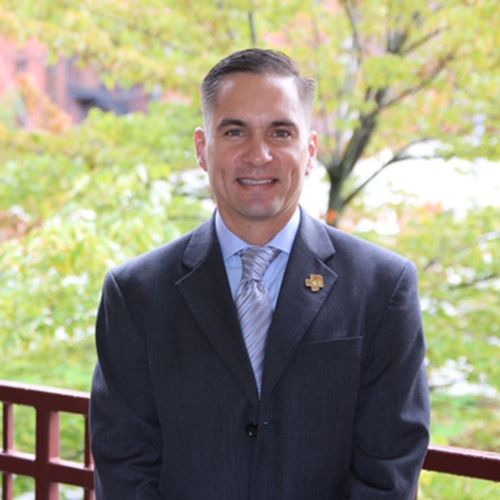
Dr. Raul Bras grew up in Puerto Rico, where he was raised showing and breeding Paso Fino horses. He completed his undergraduate at Louisiana State University with a Bachelor’s degree in Animal Science. He graduated from Ross University Veterinary School in 2005 and completed his clinical year at Auburn University.
In 2005, Dr. Bras completed a surgery internship at Rood & Riddle Equine Hospital. The following year, Dr. Bras remained an Associate Veterinarian in the Podiatry Department of Rood & Riddle Equine Hospital. Dr. Bras completed the farrier program at Cornell University in 2007 and, in 2010, became a Certified Journeyman Farrier of the American Farriers Association. In 2012, he became a shareholder at Rood & Riddle Equine Hospital.
In addition to providing his expertise in equine podiatry in Lexington, KY, Dr. Bras currently travels all over the states, and internationally providing his expertise and knowledge with others. He is devoted to improving the veterinarian-farrier relationship and is an active participant in all associations in the industry, such as the AAEP, NEAEP, AAPF, AFA and many others. Dr. Bras was recently appointed as a member of the AAEP Board of Directors with roles as the board liaison for the Horse Owner Educational committee, the Member Engagement committee, and the Foreign Graduate Veterinarians taskforce. Dr, Bras recently joined in dual collaboration with Colorado State University Podiatry Initiative and as the Clinical Instructor of Podiatry for North Carolina State University College of Veterinary Medicine with hopes to one day recognize Podiatry as a specialty by the AVMA while he remains as a shareholder at Rood and Riddle providing his expertise in Wellington, FL.
In 2015, Dr. Bras was inducted into the International Equine Veterinarian Hall of Fame. Dr. Bras shares his passion as a veterinarian with his identical twin brother, Dr. Jose J. Bras (Equine Surgeon-Rood & Riddle Equine Hospital in Wellington), and sister, Dr. Dineli Bras, world-renowned, board-certified ophthalmologist. Dr. Bras is devoted to family, dedicated to his beautiful wife, Katie Mather, and two lovely kids, Rauli and Lilli.
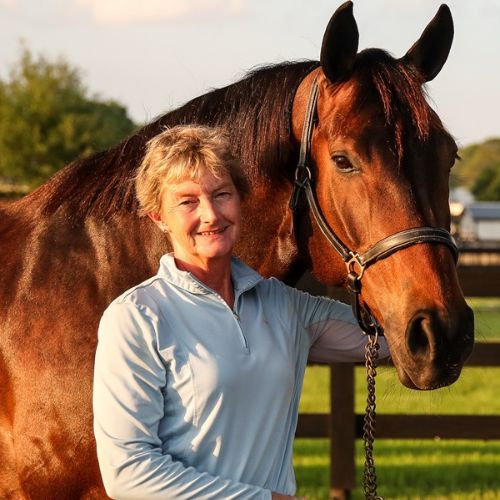
Dr. Oakley is a board certified specialist in sports medicine and rehabilitation, and in equine practice. Dr. Oakley is also certified by the International Society of Equine Locomotor Pathology. Her practice focuses on lameness and imaging in performance horses and she has a special interest and extensive training in the use of ultrasound for the diagnosis and rehabilitation of sport horse injuries. Dr. Oakley has lectured nationally and internationally on equine musculoskeletal anatomy and ultrasound and shares her advanced proficiency in musculoskeletal ultrasound as an instructor at veterinary ultrasound courses, including ISELP. She is also a courtesy adjunct professor in the Practice Based Equine Clerkship at the University of Florida.
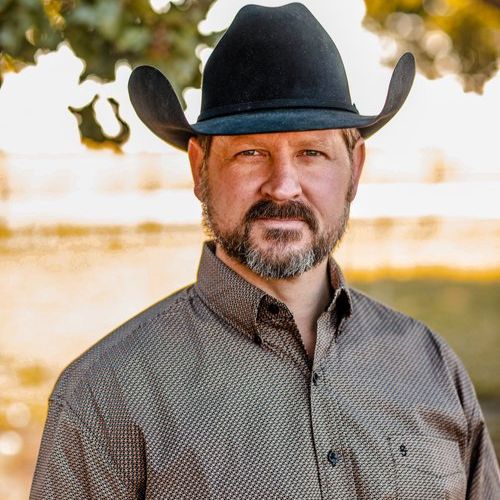
Dr. Pittman grew up in a ranching/farming community and had his first experience shoeing horses at the age of 15. Throughout college and veterinary school, he continued to shoe horses and spent summers in the Sierra Mountains of California shoeing pack horses. After veterinary school graduation in 2003, he met his mentor Dr. Ric Redden of the International Equine Podiatry Center, reigniting his interest in equine hoof pathology. In 2010, he and his wife opened Innovative Equine Podiatry and Veterinary Services PLLC, now in Collinsville, TX. IEPVS is one of the few podiatry-exclusive veterinary practices in the United States, focusing on managing lameness with shoeing mechanics as a priority, and involving significant amounts of in-house long-term laminitis rehabilitation with medical and mechanical modalities.
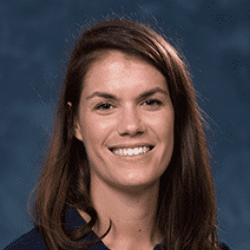
Dr. Horne completed both her Bachelor of Science and Doctorate of Veterinary Medicine degrees at North Carolina State University (NCSU). Upon graduation, she completed a one year equine imaging focused internship at Equine Diagnostic Imaging in Gainesville, FL to further her education in musculoskeletal ultrasound and MRI. She then returned to NCSU for a residency in Equine Sports Medicine and Rehabilitation and became a Diplomate of the American College of Veterinary Sports Medicine and Rehabilitation in the spring of 2020. She continues to practice as a clinical veterinarian at NCSU on the Equine Sports Medicine and Orthopedic Surgery Service.
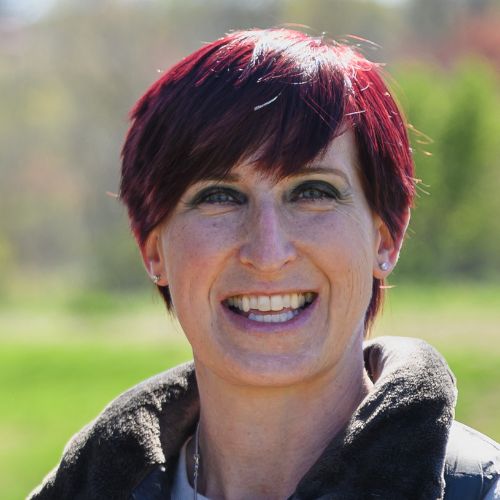
Dr. Lauren Schnabel is a Professor of Equine Orthopedic Surgery at NC State University as well as PI of the Schnabel Laboratory, Associate Director of the Comparative Medicine Institute, and Associate Director of the NIH-funded Comparative Medicine and Translational Research Training Program (T32). She completed her DVM, surgery residency, and PhD at Cornell University and her internship at Rood & Riddle Equine Hospital. She is board certified as a Diplomate of the American College of Veterinary Surgeons as well as a Diplomate of the American College of Veterinary Sports Medicine and Rehabilitation. Both her clinical and research work are focused on the treatment of musculoskeletal injuries and advancing equine rehabilitation protocols.
In 2019, Dr. Schnabel was named an NC State University Faculty Scholar for her success in clinical work, research, teaching, mentorship, and community outreach efforts. In 2020, Dr. Schnabel was awarded the Zoetis Award for Veterinary Research Excellence.
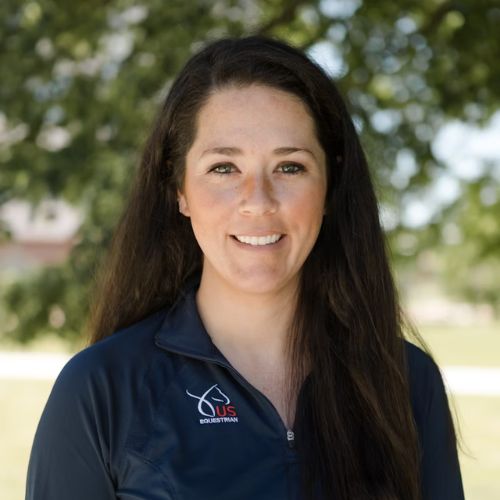
Dr. Sullivan is a Southern California native. She received a bachelor’s degree in animal science from the University of California, Davis and her doctorate from Western University of Health Sciences. She then completed an internship at Peterson & Smith Equine Hospital. Dr. Sullivan went on to obtain a master’s degree and completed a residency in equine sports medicine and rehabilitation through the Orthopaedic Research Center at Colorado State University. There, her research focused on the effect of lameness on the axial skeleton, optimizing rehabilitation programs, and musculoskeletal imaging. Dr. Sullivan is a board-certified veterinary specialist in Equine Sports Medicine and Rehabilitation. She is also an instructor of equine veterinary medical acupuncture and rehabilitation at Curacore Academy. Her professional interests include lameness, diagnostic imaging, rehabilitation, and integrative medicine. A lifelong rider, Dr. Sullivan is a HA pony club graduate and has competed to the FEI level of three-day eventing. In her free time, Dr. Sullivan enjoys riding, concerts, skiing, and family time, with her fiancé Kyle.